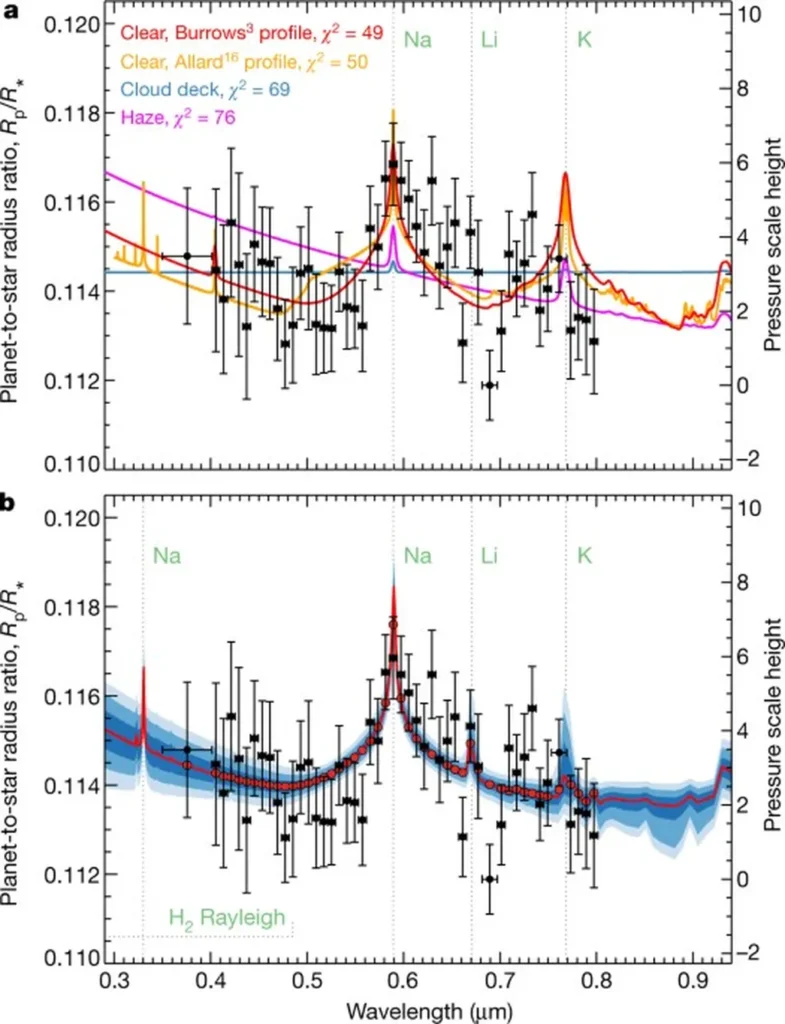In a collaborative effort to better understand the evolution of planetary atmospheres and their interactions with planetary interiors, a team of researchers led by Tim Lichtenberg from the University of Oxford has developed the Coupled atmospHere Interior modeL Intercomparison (CHILI) protocol. This project is part of the broader Climates Using Interactive Suites of Intercomparisons Nested for Exoplanet Studies (CUISINES) framework, which aims to support various multi-model intercomparison projects in the exoplanet community. The team includes scientists from institutions around the world, such as the University of Washington, the University of Bern, and the University of Bordeaux.
The CHILI project focuses on comparing different models that simulate the feedback between a planet’s interior and its atmosphere. These models are crucial for interpreting observations of rocky exoplanets made by the James Webb Space Telescope and for linking these observations to the terrestrial planets in our Solar System. The researchers note that existing models vary significantly in their methodologies and input data, which can lead to differing interpretations of planetary evolution and atmospheric characteristics.
The CHILI protocol includes an initial set of participating magma ocean models, divided into evolutionary and static models. These models are tested in two categories: one focused on Solar System planets like Earth and Venus, and the other on exoplanets orbiting low-mass M-dwarf stars. The tests aim to quantify the evolution of key markers that link planetary atmospheres and interiors over geological timescales. By comparing these models, the researchers hope to identify and quantify the differences in how coupled atmosphere-interior models predict planetary evolution.
The researchers have also presented initial test results for the early Earth and the exoplanet TRAPPIST-1 b. These tests use models that differ in their treatment of energy transport in the planetary interior and atmosphere, surface boundary layer, geochemistry, and the in- and outgassing of volatile compounds. The results from these tests will be published in dedicated follow-up papers, contributing to a more comprehensive understanding of planetary atmospheres and their evolution.
This research was published in the journal Astronomy & Astrophysics, providing a foundation for future studies and encouraging the broader scientific community to participate in this comparative effort. The insights gained from the CHILI project could have practical applications in the energy sector, particularly in understanding the long-term evolution of planetary atmospheres and the potential for habitability. This knowledge can inform the search for exoplanets that might harbor life and guide the development of technologies for exploring and potentially utilizing these distant worlds.
This article is based on research available at arXiv.

